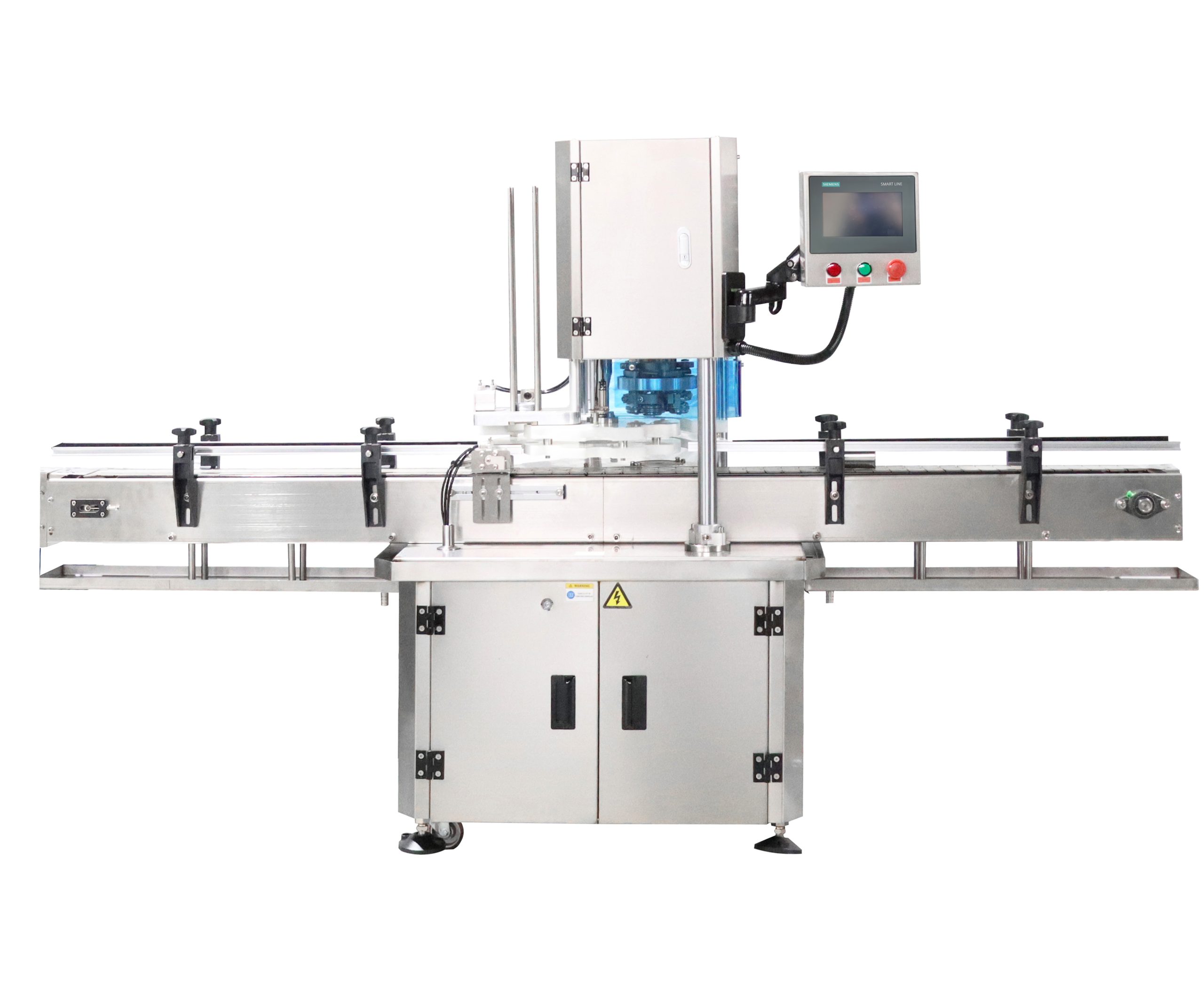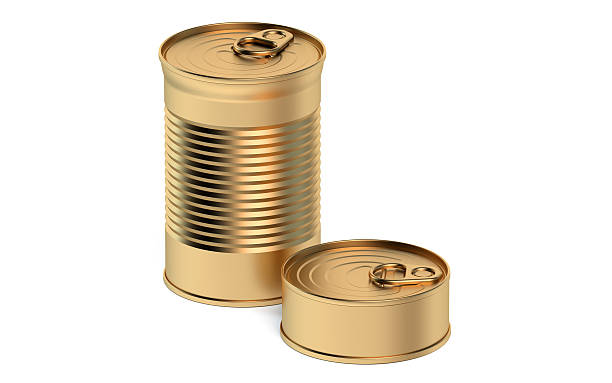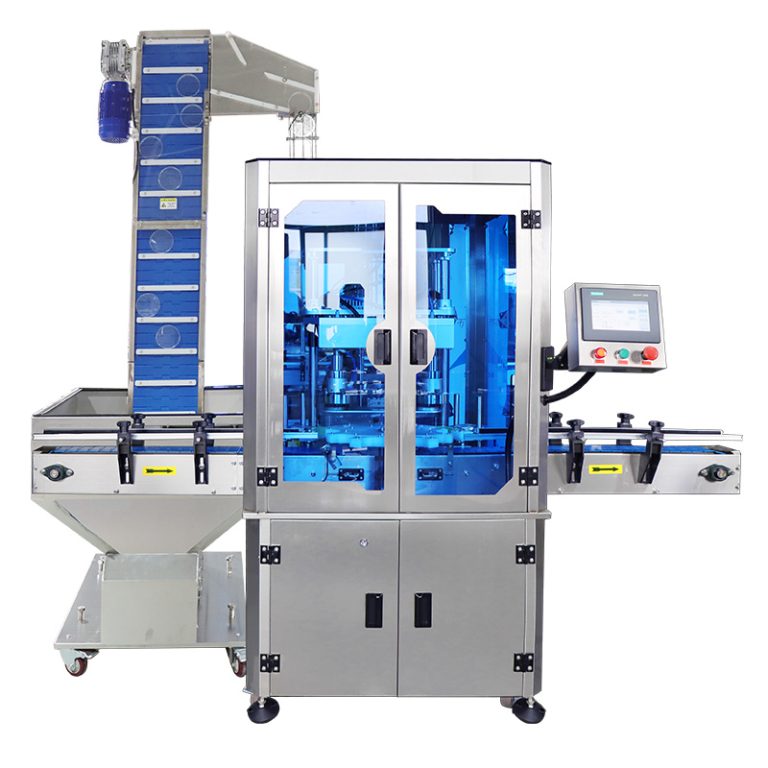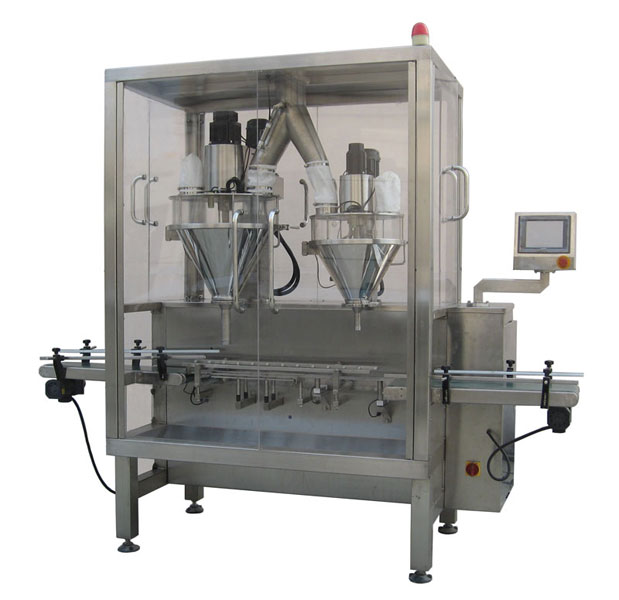Table of Contents
Benefits of Using Aluminum Cans for Packaging
Aluminum cans are a popular choice for packaging beverages such as soda, beer, and energy drinks. One of the key reasons for their popularity is the way they are sealed. The sealing process is crucial for maintaining the freshness and quality of the product inside the can. In this article, we will explore how aluminum cans are sealed and the benefits of using them for packaging.

Aluminum cans are sealed using a process called seaming. Seaming involves joining the top of the can to the body of the can to create an airtight seal. The top of the can, also known as the lid, is typically made of aluminum or a combination of aluminum and other materials. The lid is placed on top of the can body, which is usually made of a single piece of aluminum.
The seaming process begins with the lid being placed on top of the can body. The two pieces are then pressed together using a seamer machine. The seamer machine applies pressure to the lid and the can body, causing them to be joined together. The pressure creates a tight seal that prevents air and contaminants from entering the can.
One of the key benefits of using aluminum cans for packaging is their ability to maintain the freshness and quality of the product inside. The airtight seal created during the seaming process helps to preserve the flavor, carbonation, and aroma of the beverage. This is especially important for beverages that are sensitive to air and light, such as beer and soda.
Another benefit of using aluminum cans for packaging is their durability. Aluminum cans are lightweight yet strong, making them ideal for transporting and storing beverages. The airtight seal created during the seaming process helps to protect the product from external factors such as moisture and temperature fluctuations. This helps to extend the shelf life of the product and ensure that it reaches consumers in optimal condition.
In addition to their durability, aluminum cans are also recyclable. Aluminum is one of the most recyclable materials in the world, with a recycling rate of over 60% in the United States. Recycling aluminum cans helps to conserve natural resources, reduce energy consumption, and minimize waste. By choosing aluminum cans for packaging, companies can demonstrate their commitment to sustainability and environmental responsibility.
Furthermore, aluminum cans are cost-effective for both manufacturers and consumers. The lightweight nature of aluminum cans reduces transportation costs, while the recyclability of aluminum helps to lower production costs. Consumers also benefit from the convenience of aluminum cans, as they are easy to open, stack, and store.
Overall, the sealing process of aluminum cans plays a crucial role in maintaining the freshness and quality of the product inside. By creating an airtight seal, aluminum cans help to preserve the flavor, carbonation, and aroma of beverages. In addition to their sealing capabilities, aluminum cans offer a range of benefits, including durability, recyclability, and cost-effectiveness. As a result, aluminum cans continue to be a popular choice for packaging beverages around the world.
The Process of Sealing Aluminum Cans
Aluminum cans are a ubiquitous part of our daily lives, used to package everything from soda and beer to canned vegetables and soups. But have you ever stopped to wonder how these cans are sealed to keep their contents fresh and safe for consumption? The process of sealing aluminum cans is a fascinating one that involves precision engineering and cutting-edge technology.
The first step in sealing an aluminum can is the filling process. Once the can has been manufactured and decorated, it is sent to a filling machine where the product is poured into the can. This can be a liquid, such as soda or beer, or a solid, such as canned vegetables or soups. The filling machine ensures that the correct amount of product is dispensed into each can, and that the can is filled to the correct level to prevent spillage.
After the can has been filled, it is time to seal it. The most common method of sealing aluminum cans is through a process known as seaming. Seaming involves using a seamer machine to crimp the lid of the can onto the body, creating an airtight seal. The lid of the can is typically made of aluminum or steel, and is coated with a thin layer of plastic to prevent the contents of the can from coming into contact with the metal.
The seamer machine consists of several components, including a chuck that holds the can in place, a seaming head that crimps the lid onto the body of the can, and a seaming roll that helps to form a tight seal. The seamer machine operates at high speeds, typically sealing hundreds of cans per minute. This high-speed operation is essential to ensure that the cans are sealed quickly and efficiently, without compromising the quality of the seal.
One of the key factors in ensuring a successful seal is the use of the correct seaming parameters. These parameters include the pressure applied by the seaming head, the speed of the seaming roll, and the temperature of the can and lid. By carefully controlling these parameters, manufacturers can create a strong and reliable seal that will keep the contents of the can fresh and safe for an extended period of time.
In addition to seaming, some aluminum cans are sealed using a process known as welding. Welding involves using a laser or electron beam to melt the metal of the lid and body of the can together, creating a permanent bond. Welding is often used for cans that contain highly pressurized products, such as carbonated beverages, as it creates a stronger seal than traditional seaming.
Overall, the process of sealing aluminum cans is a complex and highly technical one that requires precision and attention to detail. By using advanced machinery and carefully controlling the seaming parameters, manufacturers are able to create cans that are sealed quickly and efficiently, ensuring that the contents remain fresh and safe for consumption. So the next time you crack open a cold can of soda or enjoy a bowl of canned soup, take a moment to appreciate the engineering marvel that is the sealed aluminum can.






